How to Study in One Day
Part 1 of 3:
Creating a Strong Study Environment
-
 Find somewhere new to study. Study somewhere away from distractions, such as your bed or your friends. Going to a new physical space will allow you to focus solely on the task at hand.
Find somewhere new to study. Study somewhere away from distractions, such as your bed or your friends. Going to a new physical space will allow you to focus solely on the task at hand.- Make sure to find a place where you will not have to move for a while. A quiet room, library, coffee shop, or your study desk are ideal options.
-
 Bring all necessary belongings. Make a list of your study essentials before you leave so you do not forget anything. This may include your textbook, notes, computer, snacks, post-its, highlighters and anything else you may need.
Bring all necessary belongings. Make a list of your study essentials before you leave so you do not forget anything. This may include your textbook, notes, computer, snacks, post-its, highlighters and anything else you may need.- Make sure not to bring anything that may distract you.
-
 Turn off your phone. Unless you need it to study, try turning off your phone for long periods at a time while you study. This will allow you to be focused for longer without stopping, and reduces the chances of you getting distracted.
Turn off your phone. Unless you need it to study, try turning off your phone for long periods at a time while you study. This will allow you to be focused for longer without stopping, and reduces the chances of you getting distracted. -
 Decide who to study with. With such a limited amount of time, it is probably best to study alone. However, it is sometimes helpful to work with a small group in order to compare notes and talk through concepts together. [1] If you decide a study group will help you, make sure to choose classmates who are at least as smart as you so they don't slow you down.
Decide who to study with. With such a limited amount of time, it is probably best to study alone. However, it is sometimes helpful to work with a small group in order to compare notes and talk through concepts together. [1] If you decide a study group will help you, make sure to choose classmates who are at least as smart as you so they don't slow you down.- Be careful of studying with friends. It is easy to get distracted if you are only studying with good friends. Make sure your study group has some members that you only know from class. [2]
Part 2 of 3:
Exploring Effective Study Techniques
-
 Review your notes. If you don't have your own, make sure to have a copy of the notes from someone who you trust. Re-reading your notes is important, but it is not enough. Go over and highlight key words and concepts or use post-its to signify important sections.
Review your notes. If you don't have your own, make sure to have a copy of the notes from someone who you trust. Re-reading your notes is important, but it is not enough. Go over and highlight key words and concepts or use post-its to signify important sections.- Try writing summaries of your notes for each chapter or major concept. [3] Write them in the simplest terms on a separate piece of paper. These summaries can help guide your study day.
- Read your notes out of order as you review them. This will allow you to make sure you know each piece of information on its own, rather than part of a series.
-
 Say it out loud. Make sure you are saying the information out loud as you review it. It will be easier to remember if your brain is hearing and pronouncing and not merely reading the information.
Say it out loud. Make sure you are saying the information out loud as you review it. It will be easier to remember if your brain is hearing and pronouncing and not merely reading the information.- Try teaching a chapter or concept to an imaginary student. [4] This will force you to fully articulate the subject. It will be clear whether or not you have a handle on the material if you try to explain it to someone else. You can also do this with a study group or partner.
-
 Use memorization tricks. As you prepare lots of last-minute memorization, it will be helpful if you use some memorization techniques.
Use memorization tricks. As you prepare lots of last-minute memorization, it will be helpful if you use some memorization techniques.- Re-writing information over and over again may help it stick in your brain. Make sure to copy the fact or idea at least three times for this method to work.
- Use mnemonic devices. Mnemonic devices are techniques that help your brain retain information. Creating rhymes, acronyms, and songs that you can associate with the material will help you recall it.
-
 Make flash cards. Write terms and their full definitions on a set of notecards or cue cards. This will allow you to test yourself throughout the day. They are also useful on the day of the test, as you can review them on the bus, or in line for lunch. [5]
Make flash cards. Write terms and their full definitions on a set of notecards or cue cards. This will allow you to test yourself throughout the day. They are also useful on the day of the test, as you can review them on the bus, or in line for lunch. [5] -
 Use your textbook effectively. Simply re-reading your textbook will not help you retain information, especially when you only have one day to study. Look for chapter summaries and bolded keywords as you review and pay attention to chapter introductions and conclusions, as they usually contain essential summarizing information.
Use your textbook effectively. Simply re-reading your textbook will not help you retain information, especially when you only have one day to study. Look for chapter summaries and bolded keywords as you review and pay attention to chapter introductions and conclusions, as they usually contain essential summarizing information.- Look for review questions at the end of chapters, or in the back of your textbook. It is important to be testing yourself whenever possible to better gauge what you still need to work on.
-
 Create a study guide. A study guide is an effective way to force you to review all your material. It can also be useful to look over the day of the test for a quick refresher. Type out a list of all the material you need to cover, including key terms, dates, and concepts. Next, go back and fill in each area using your notes, either typed or handwritten. Putting these ideas into your own words and writing them out will really help cement them in your mind.
Create a study guide. A study guide is an effective way to force you to review all your material. It can also be useful to look over the day of the test for a quick refresher. Type out a list of all the material you need to cover, including key terms, dates, and concepts. Next, go back and fill in each area using your notes, either typed or handwritten. Putting these ideas into your own words and writing them out will really help cement them in your mind.- A friend or classmate may have created their own study guide which you might be tempted to borrow when you are short on time. However, the act of creating your own study guide will force you to put the information into your own words and copying out the material will help it stick in your mind.
-
 Study for the test you are taking. Even with a time crunch, you need to make sure you prepare properly for the test depending on the format that it takes. Refer to the syllabus or your class notes to establish what format the test will take. If you are unsure, be sure to contact a classmate so you are studying for the right thing.
Study for the test you are taking. Even with a time crunch, you need to make sure you prepare properly for the test depending on the format that it takes. Refer to the syllabus or your class notes to establish what format the test will take. If you are unsure, be sure to contact a classmate so you are studying for the right thing.- For multiple choice tests, questions will usually be geared towards smaller details and facts, as well as vocabulary and definitions. There may also be questions about sequences and steps. Questions that ask about the similarities and differences between things are also common on multiple choice tests. While it may be difficult to memorize all the tiny details with a limited amount of time, focus on specific areas rather than attempting to conquer the entire subject. [6]
- For essay or short answer tests, you will be asked to have a good understanding of wide themes and ideas. Try preparing a few sample questions based on the textbook and syllabus. Time yourself for 15 minutes and write out a detailed outline for each question, as if you were going to turn it into a full essay. Be sure to memorize some key terms and examples that you can use for support in your essay questions during the actual test.
Part 3 of 3:
Making a Study Plan
-
 Know exactly what is being covered. Make sure you're clear about what you are being tested on. This may include date ranges, specific scientific theories, or mathematic equations. If you are unsure, as a classmate to verify what material you are being tested on. This is essential to your success, especially with such little time to lose.
Know exactly what is being covered. Make sure you're clear about what you are being tested on. This may include date ranges, specific scientific theories, or mathematic equations. If you are unsure, as a classmate to verify what material you are being tested on. This is essential to your success, especially with such little time to lose. -
 Make a schedule. [7] Divide up the hours in the day and decide what you will focus on when. Make sure you allow yourself time to sleep.
Make a schedule. [7] Divide up the hours in the day and decide what you will focus on when. Make sure you allow yourself time to sleep. -
 Make a list of everything you need to know. Review the syllabus or any handouts given to you by your teacher. Figure out exactly what is being covered and create your own list of the material you need to review.
Make a list of everything you need to know. Review the syllabus or any handouts given to you by your teacher. Figure out exactly what is being covered and create your own list of the material you need to review. -
 Take lots of breaks. Make sure that you are allowing yourself frequent breaks so that you do not burn out. Consider working for 45 minutes, and then taking a 15-minute break. During your break, feel free to check your email, use your phone, or get up and walk around.
Take lots of breaks. Make sure that you are allowing yourself frequent breaks so that you do not burn out. Consider working for 45 minutes, and then taking a 15-minute break. During your break, feel free to check your email, use your phone, or get up and walk around.- One way of creating a break schedule for yourself is the 50/10 method. Study diligently for 50 minutes, without distractions. Hold yourself accountable. If you stop or get distracted, restart the 50 minutes. Once you have had a completely undistracted 50 minutes, go on a 10-minute break. This will force you to be much more productive when you are studying.
-
 Establish major concepts. Create a list of the major theoretical or categorical concepts, and make sure you understand them. As you are studying last minute, it is most important that you understand the largest concepts first. [8] While you may be tested on small details, it is first important to grasp the large theories in order to give yourself a context for the smaller facts.
Establish major concepts. Create a list of the major theoretical or categorical concepts, and make sure you understand them. As you are studying last minute, it is most important that you understand the largest concepts first. [8] While you may be tested on small details, it is first important to grasp the large theories in order to give yourself a context for the smaller facts.- Organize terms and facts according to these larger groupings. This is a technique called "chunking." It is easier to memorize individual concepts when you are putting them in relationship to a greater whole
-
 Review your syllabus. Usually, your teacher hands out a syllabus at the beginning of the year or semester detailing all the material that will be covered in the course. Refer back to the syllabus to ensure that you have not missed any areas of study.
Review your syllabus. Usually, your teacher hands out a syllabus at the beginning of the year or semester detailing all the material that will be covered in the course. Refer back to the syllabus to ensure that you have not missed any areas of study.- You can also use the syllabus to guide your study. There is a good chance that your professor organized the material in a specific way to guide your learning. Use the syllabus to help you find ways to look at the course material from a larger perspective, and figure out how to best organize this mass of information.
EXPERT TIPNathan Fox is an LSAT teacher, the co-host of the Thinking LSAT Podcast, and the co-founder of LSATdemon. Nathan is the author of six LSAT books including The Fox LSAT Logical Reasoning Encyclopedia. He scored a 179 on the February 2007 LSAT and holds a JD from the University of California, Hastings College of the Law.
Nathan Fox, JD
LSAT Teacher, Founder of LSATdemon Nathan Fox, JD
Nathan Fox, JD
LSAT Teacher, Founder of LSATdemonConsider rescheduling your exam if you have the opportunity. For tests like the LSAT, one night is not enough to study. If you take the test cold or you prep with only a week or two, you're not going to score as high as you could. You really need about 3 months to study for a test like that, so if you don't have enough time to prepare, you should reschedule it.
4 ★ | 2 Vote
You should read it
- How to activate Material Design interface on YouTube
- Google updates the Material guide for programmers
- Scientists create the world's best heat-resistant material, which can be used for spacecraft
- MIT makes a material that keeps it cool without electricity
- YouTube on Android uses Material interface
- How to turn on Chrome's Material Design on iOS
- Finding a new substance capable of skull regeneration
- Experience the Material Design 2 interface for Chrome, you can activate it
May be interested
- 5 effective study habits need to start today
 the following study habits will make things simpler and eliminate stress from your life. whether you need to improve your academic performance, reduce stress, or simply want some new ideas, start practicing the five learning habits below.
the following study habits will make things simpler and eliminate stress from your life. whether you need to improve your academic performance, reduce stress, or simply want some new ideas, start practicing the five learning habits below. - The more you learn, the longer you live
 according to a new study, people with higher levels of education tend to age more slowly and live longer than others.
according to a new study, people with higher levels of education tend to age more slowly and live longer than others. - New study: Living near the ocean may help prolong life
 a recent study from ohio state university found that living near the ocean – particularly within about 50km of the coast – is strongly linked to a longer than average lifespan.
a recent study from ohio state university found that living near the ocean – particularly within about 50km of the coast – is strongly linked to a longer than average lifespan. - What major silocon valley tycoons study in the university?
 let's see what technology tycoons have chosen which majors to study when studying at university.
let's see what technology tycoons have chosen which majors to study when studying at university. - How a smart ring may help detect early COVID-19 symptoms
 more than 2,000 health care workers will take part in a study to determine whether a smart ring can predict illness symptoms that characterize covid-19.
more than 2,000 health care workers will take part in a study to determine whether a smart ring can predict illness symptoms that characterize covid-19. - How to arrange a desk for children according to feng shui helps children study smoothly
 tipsmake.com's article will help you better understand feng shui desks and how to arrange desks for children, making their learning easier.
tipsmake.com's article will help you better understand feng shui desks and how to arrange desks for children, making their learning easier. - How to Write a Case Study
 there are many different kinds of case studies. there are also various uses for writing case studies, from academic research purposes to provision of corporate proof points. there are approximately four types of case studies: illustrative...
there are many different kinds of case studies. there are also various uses for writing case studies, from academic research purposes to provision of corporate proof points. there are approximately four types of case studies: illustrative... - For the first time scientists have compiled the immune map of Covid-19 patients
 this is the first time that a comprehensive study of immune responses helps the human body fight covid-19, said immunologist dr. nguyen thi hoang oanh, one of the new study authors. .'we have reviewed the entire immune response of this patient based
this is the first time that a comprehensive study of immune responses helps the human body fight covid-19, said immunologist dr. nguyen thi hoang oanh, one of the new study authors. .'we have reviewed the entire immune response of this patient based - Plastic containers are the latest threat to coral reefs
 a new study shows that bioplastic waste is also killing corals. according to the study, when debris comes into contact with corals, their chances of getting the disease increase from 4 to 89 percent.
a new study shows that bioplastic waste is also killing corals. according to the study, when debris comes into contact with corals, their chances of getting the disease increase from 4 to 89 percent. - New study finds brain cells continue to grow even in old age
 a new study reveals that neurons in the brain's memory center, the hippocampus, continue to form even into late adulthood.
a new study reveals that neurons in the brain's memory center, the hippocampus, continue to form even into late adulthood.
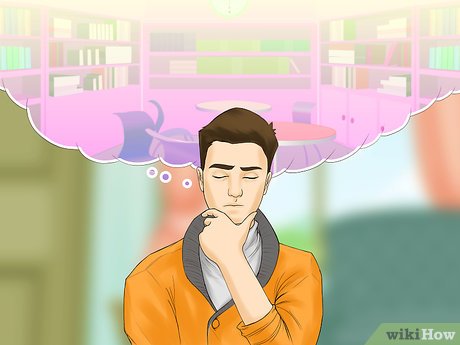
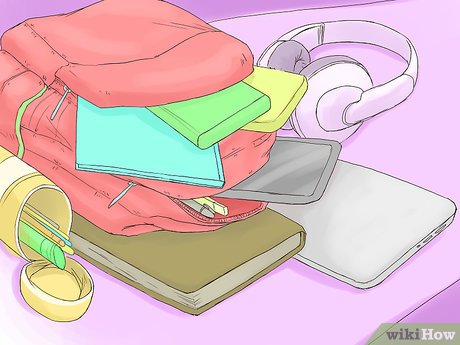

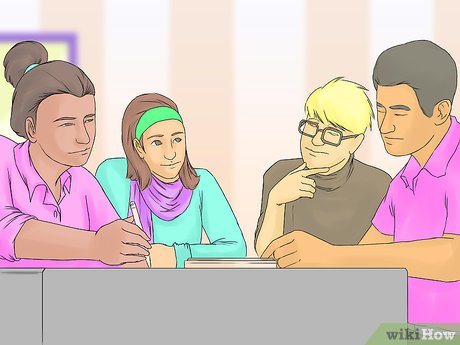
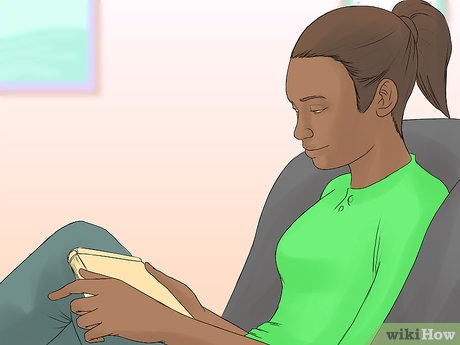

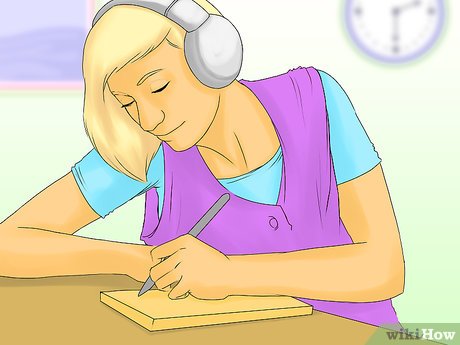
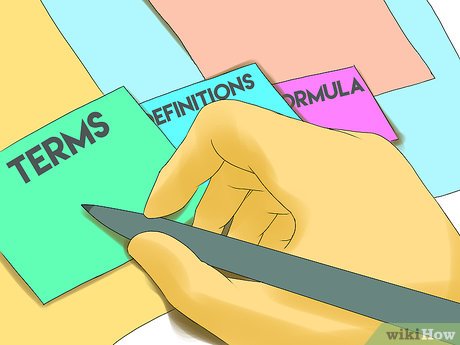
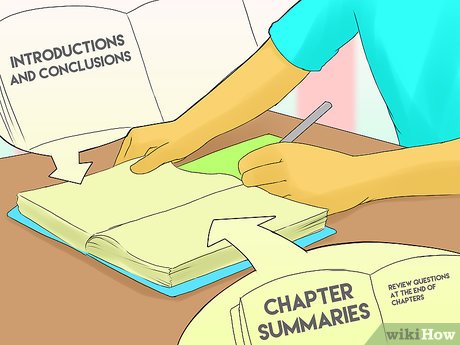
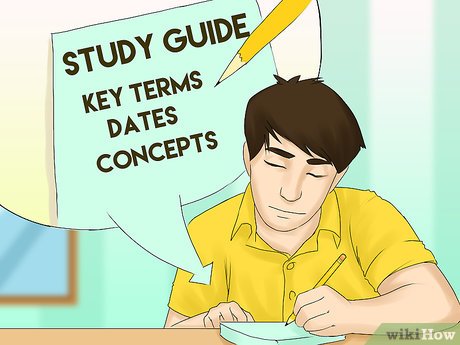
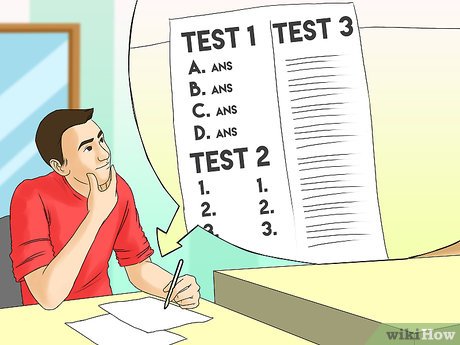
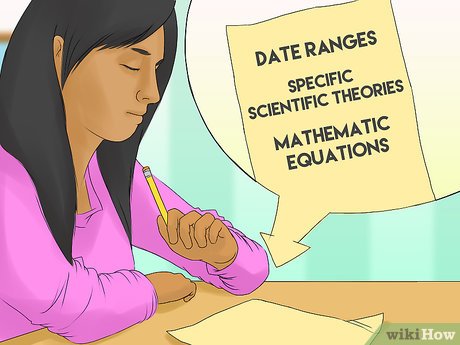
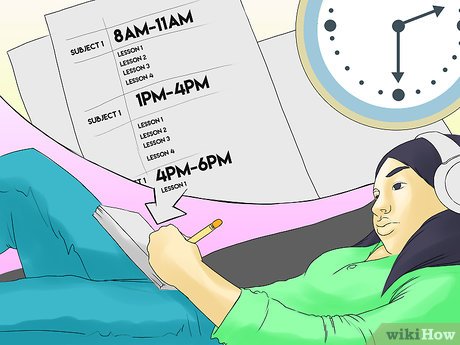

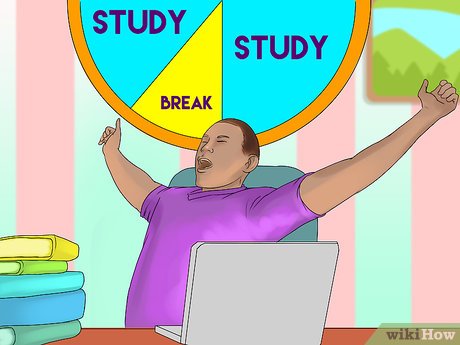
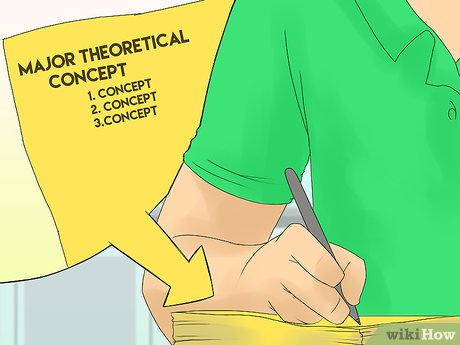
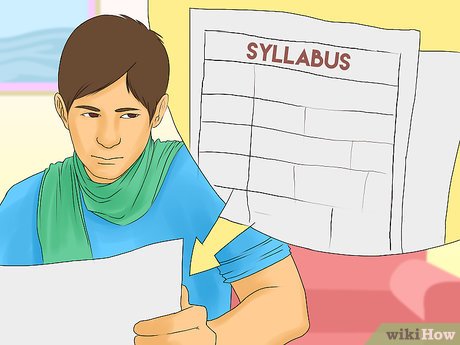



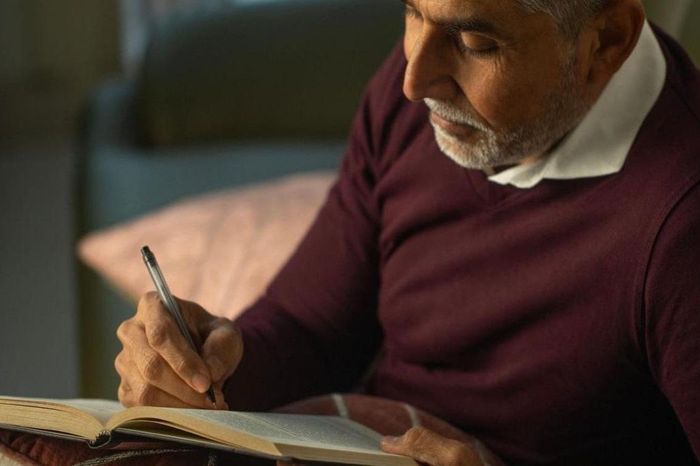








 How to Make a Questionnaire
How to Make a Questionnaire How to Create a Good Article
How to Create a Good Article How to Develop a Curriculum
How to Develop a Curriculum How to Start a Summary Paragraph
How to Start a Summary Paragraph How to Write a Critique in Five Paragraphs
How to Write a Critique in Five Paragraphs How to Say Most Common Words in Farsi
How to Say Most Common Words in Farsi